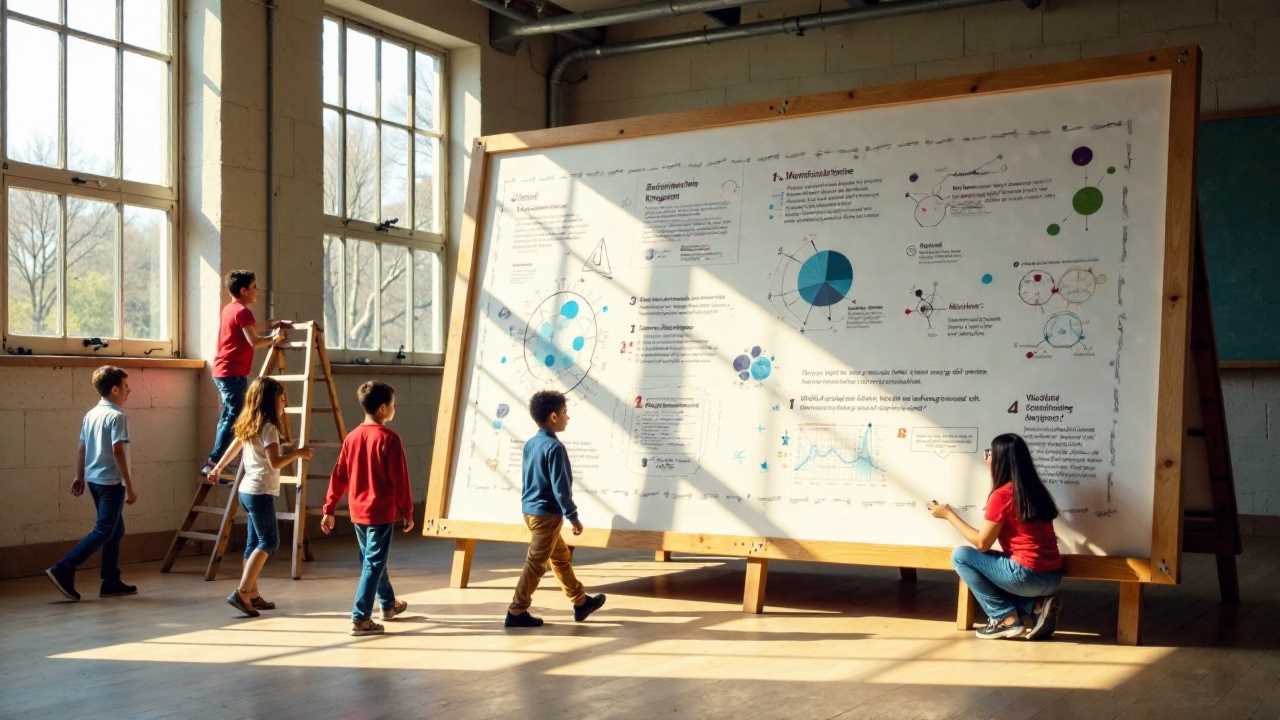
Introduction to Science Fair Projects
Science fairs serve as a platform for students in 6th to 8th grade to showcase their creativity and scientific understanding. These events encourage experimentation, innovation, and inquiry, allowing young minds to engage in hands-on learning. The right project can spark curiosity and lead to significant discovery. This article presents a variety of science fair project ideas tailored for middle school students, focusing on the essential elements of hypothesis, analysis, and experimentation.
Understanding the Components of a Successful Science Fair Project
Every successful science fair project begins with a well-defined hypothesis. A hypothesis is an educated guess about the outcome of an experiment. It provides direction and focus, guiding students through the scientific method. Students should ensure their hypothesis is specific, measurable, and testable.
Next, students must engage in thorough research to understand the background of their topic. This research will inform their experimentation and help refine their hypothesis.
Once the hypothesis is established, students can begin the experimentation phase. This involves designing an experiment that tests the hypothesis while controlling variables to ensure accurate results. Finally, students will analyze their data, drawing conclusions based on their findings.
Exciting Science Fair Project Ideas
Here are some innovative project ideas that incorporate experimentation, inquiry, and analysis:
1. The Effect of Different Soil Types on Plant Growth
This project allows students to explore how various soil types affect the growth of plants. Students can formulate a hypothesis regarding which soil type will yield the best growth results. They will need to plant seeds in different soil types, such as clay, sandy, and loamy soil, and monitor their growth over several weeks. This project emphasizes experimentation and data analysis, as students will collect and compare growth measurements.
2. Investigating the pH Levels of Common Household Liquids
Students can test the acidity or alkalinity of various household liquids, such as vinegar, lemon juice, baking soda solution, and soap. By using pH strips or a pH meter, they can measure the pH levels and analyze how these levels affect the properties of the liquids. This project encourages inquiry into the chemical properties of everyday substances and promotes hands-on experimentation.
3. Building a Simple Electric Circuit
In this project, students can explore the principles of electricity by constructing a simple electric circuit using a battery, wires, and a light bulb. They can experiment with different configurations, such as series and parallel circuits, and analyze how these configurations affect the brightness of the bulb. This project fosters innovation and practical application of scientific concepts.
4. The Impact of Temperature on the Rate of Chemical Reactions
Students can investigate how temperature influences the rate of a chemical reaction, such as the reaction between baking soda and vinegar. By conducting experiments at different temperatures, they can measure the time it takes for the reaction to complete. This project highlights the importance of hypothesis formulation and data analysis in understanding chemical processes.
5. Exploring the Principles of Aerodynamics with Paper Airplanes
This engaging project allows students to design and test different paper airplane models to determine which design flies the farthest. Students can create a hypothesis about the best design, conduct multiple trials, and analyze the results to draw conclusions about the principles of aerodynamics. This project combines experimentation with a fun and interactive approach to learning.
Tips for Presenting Your Science Fair Project
An effective presentation can significantly enhance the impact of a science fair project. Here are some tips to ensure a successful presentation:
1. Create a Clear and Engaging Display Board
Your display board should clearly outline your project, including the hypothesis, methodology, results, and conclusions. Use visuals, such as graphs and images, to make the information more engaging. Ensure that the text is easy to read and organized logically.
2. Practice Your Presentation Skills
Rehearse your presentation multiple times to build confidence. Be prepared to answer questions from judges and peers. Practice speaking clearly and at a steady pace, and make eye contact with your audience.
3. Highlight Your Findings
During your presentation, emphasize the key findings of your project. Discuss how your results support or refute your hypothesis and what you learned through the process. This analysis is crucial for demonstrating your understanding of the scientific method.
Encouraging a Love for Science Through Projects
Participating in science fairs fosters a love for science and encourages students to think critically about the world around them. By engaging in experimentation, inquiry, and discovery, students develop essential skills that will benefit them throughout their academic careers and beyond.
As educators and parents, we should support and encourage students in their scientific endeavors. Providing resources, guidance, and opportunities for hands-on learning can inspire the next generation of scientists and innovators.
The journey of creating a science fair project is filled with opportunities for experimentation, innovation, and discovery. By exploring various project ideas and understanding the components of a successful project, students in 6th to 8th grade can develop a deeper appreciation for science. Embrace the challenge, and let curiosity lead the way!
 Careers in EducationElementary EducationHigh School EducationEducational TechnologyTeaching StrategiesSpecial EducationPrivacy PolicyTerms And Conditions
Careers in EducationElementary EducationHigh School EducationEducational TechnologyTeaching StrategiesSpecial EducationPrivacy PolicyTerms And Conditions
